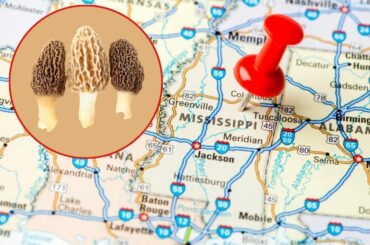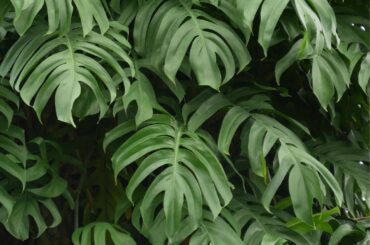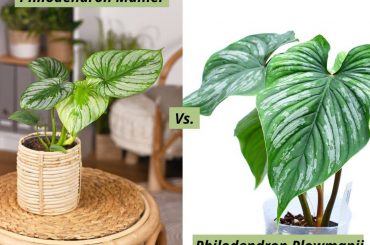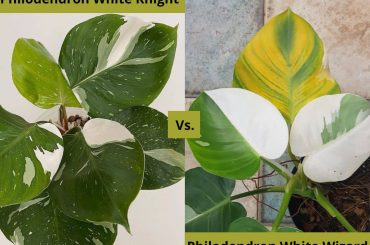Before we start proceeding on discovering compost tumbler do’s and don’ts , what does composting really mean? It is literally an activity where the food scraps and rest of other wastage transforms into a fertilizer mix which is enriched with nutrients.
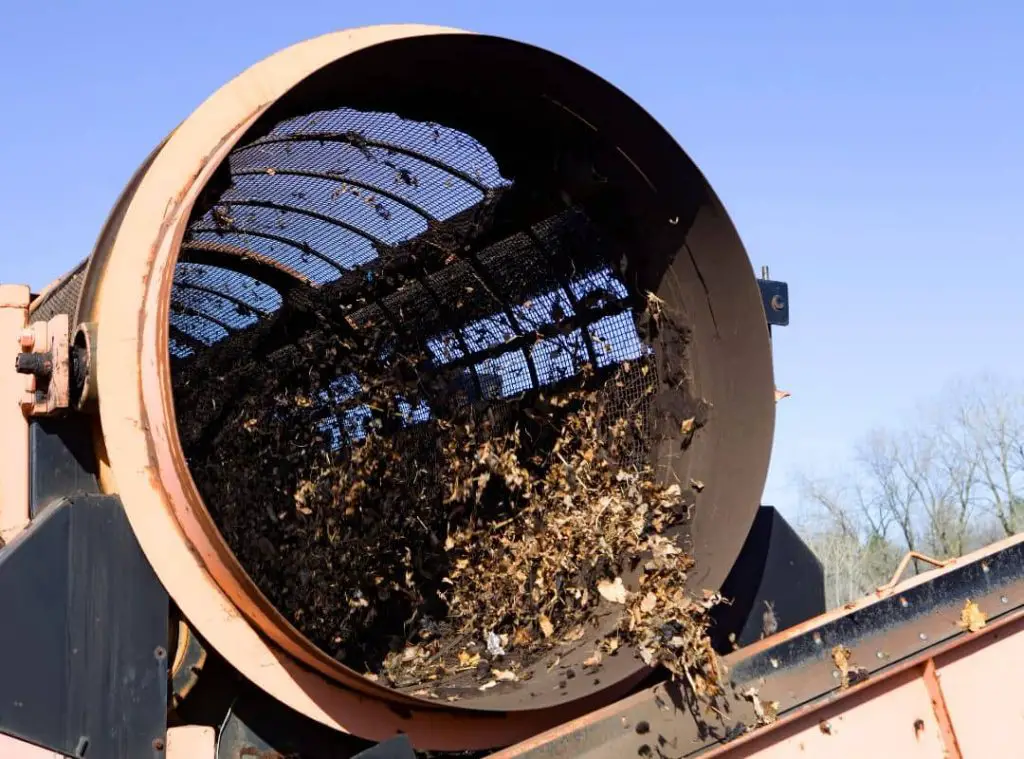
It would further help to reduce the methane production as well. If you don’t want to compost in a regular way you could do it with a compost tumbler. It is quick and rather an effective way of supplying nutrients for your vegetation. So, keep reading this article if you wish to know how does tumbler work and the do’s and don’ts you need to practice.
What is a compost tumbler?
Contents
- 1 What is a compost tumbler?
- 2 What do you need to do when composting with tumblers?
- 3 What are the other brown components you need to despot in the compost tumbler?
- 4 Can you put meat in a compost tumbler?
- 5 Can you put weeds in a compost tumbler?
- 6 Can you put bread in a compost tumbler?
- 7 Can you put cardboard in a compost tumbler?
- 8 Should I Add Water to My Compost tumbler?
- 9 Can You Put Worms in A Compost Tumbler?
- 10 Should I Add Dirt to My Compost Tumbler?
- 11 Can You Keep Adding to A Compost Tumbler?
- 12 What Not to Put In A Compost Tumbler?
- 13 Ratio Of Green to Brown In A Compost Tumbler
- 14 Related questions
- 15 Conclusion : Compost tumbler do’s and don’ts
Compost tumbler is more like a closed compost bin or a drum where you can rotate it to mix the materials in it. There are some tumbles which have been mounted on an axis so that you could turn it quite easily. On the other hand, there are other tumbles which don’t comprise an axis, and you could easily roll them on sliding bases or even directly on the ground. In addition to that there would be multiple chambers in the compost tumbles which you can fill with kitchen scraps and with other wastage.
Using a compost tumbler for composting is relatively fast and an effective way of getting the composting done. It is a less messy and a less fuzzy way of composting. However, you need to provide appropriate ingredients here depending on the tumbler material. In other words, if you are practicing the composting tumblers, there are certain dos and don’ts which you need to be think of.
What do you need to do when composting with tumblers?
First and foremost, you need to ensure that you are using the right materials for your composting tumblers as it is quite vital in this process. it should ideally be a mix of brown and green wastage. You may use unbleached paper, wood chips and leaf litter as brown materials. Further you may use ingredients such as green grass clippings, kitchen scraps, coffee grounds as excellent green materials. When you add these ingredients you need to do it with a lot of caution.
Literally you need to make sure that you are providing a right mix of green components along with brown carbon rich materials. That is the key factor in making the composting tumbler as it will have a great impact in creating an effective compost tumbler.
If I further describe the Dos of the composting tumblers, you need to add the right green materials to make it effective. Vegetable kitchen scraps is the most famous green component which you could add here. Further you could add vegetable peelings, cut off edges, leftover leaf parts of the veggies which you cant consume etc. Additionally, you may also add veggies which have started to get mushy and which you don’t want to consume.
Moreover, I do recommend grass clippings for these and all you have to do is simply sprinkle some grass around the chambers. In addition to that I encourage you to add coffee grounds as they would act as a great source of Nitrogen to the compost.
This would be even more productive when the tumbler runs short of green materials. Furthermore you may also add tea leaves and tea bags which would be perfect for the composting process. These products don’t contain any harmful inclusions here. Apart from that, I urge you to add eggshells as they would provide some precious minerals for the composting activity. However they would take a long time to break down.
Further Stale bread would also be quite useful here especially in terms of the fermentation process. However, you have to mix it with dry brown materials so that it would avoid making it soggy. Lastly, I recommend you to add livestock manure such as chicken, goat and cow feces. It would produce microorganisms and they would be crucial in breaking down the compost. These elements have high components of nitrogen which would be quite crucial for these tumblers.
Using manure is also useful and quite beneficial for the composting task. However, it may also contain some pathogens which would be somewhat troublesome for the end product you create. As such, you need to have a tumbler which heats up well so that all the harmful contaminants will be destroyed.
On another note, make sure that you chop and crush all these ingredients so that it would speed up the decomposition process. Literally it would create a larger surface for these composting microbes to activate and make it more effective. Thus, you need to always cut your kitchen waste including eggshells and then apply in the composting tumbler.
What are the other brown components you need to despot in the compost tumbler?
The brown materials are dead and dry organic wastage, shredded cardboard, and wood chips. The purpose of adding brown components is to make the decomposition of the compost faster as they would add carbon for the compost mix. They can absorb moisture from the wet compost piles and play a major role in balancing the humidity levels. in addition to that it would enhance air circulation in the structure.
I encourage you to use ingredients such as Autumn leaves. These are some good brown compost materials, and they would act as a great source of organic nutrients and humus. Dried twigs and small branches would also be quite handy to use here. In addition to that, you could use some wood chips and untreated cardboard as fine brown materials also for this purpose.
If I explain more on untreated cardboard, it is more like unprinted uncolored and uncoated surfaces. Refrain from using corrugated cardboard which you have used in moving boxes as the adhesives which are used here are not appropriate for the composting process. Furthermore, you may also use sawdust for this given that you don’t obtain them from chemically treated wood.
Finally, you may also make use of uncoated unbleached paper such as newsprint paper, brown paper bags and uncoated butcher paper and they would make fantastic brown compost materials. Do not use bleached white paper as they may come up with certain compounds which would be unhealthy for compost microorganisms. I urge you to chop the brown materials as much as you can so that it would increase the composting process.
Can you put meat in a compost tumbler?
Generally speaking, we don’t recommend adding meat sources into a compost tumbler as they may contain harmful bacteria. However, if you wish to add meat items, you could do that by heating the tumbler up correctly. That way it would kill all the unhealthy bacteria it may contain. A tumbler which has a larger chamber would be perfect here. Further if there are bigger volumes of compost, it would heat up far better. In addition to that, an insulated container may also be quite handy here.
Apart from that you may also keep the compost tumbler in a spot where they can gain full sunlight as it would also kill the harmful pathogen in the meat. Moreover, you need to always go ahead with dark colored tumblers as those surfaces would absorb more energy effectively.
Can you put weeds in a compost tumbler?
You can put weeds in a compost tumbler given that you use a tumbler which can heat up well to kill the weed seeds. It would literally kill the harmful seeds. Unless they would deposit in the compost and end up impacting on your vegetation with those weeds’ seeds once you apply them.
Can you put bread in a compost tumbler?
You can use bread for compost tumblers. Bread decompose rapidly. It would in fact act as a nitrogen source for the compost tumbler. A tumbler is a closed container and due to that it would be less attractive towards animals and for the rest of other pests as well. However, when you add the bread scraps you need to break them up into smaller pieces and then apply. That way you could get the best results of this process.
Can you put cardboard in a compost tumbler?
You can add cardboard in a compost tumbler. However, it has to be untreated cardboard and refrain from using white, bleached, and glossy cardboard to do this task. Chances are that the treated cardboard may comprise of harmful contaminants which would impact the composting activity badly.
Additionally, you should not use glossy paper as they would be sometimes toxic for certain helpful microorganisms. Furthermore, you should not use bleached paper also for this purpose as they may also contain dioxins which can badly impact this composting process.
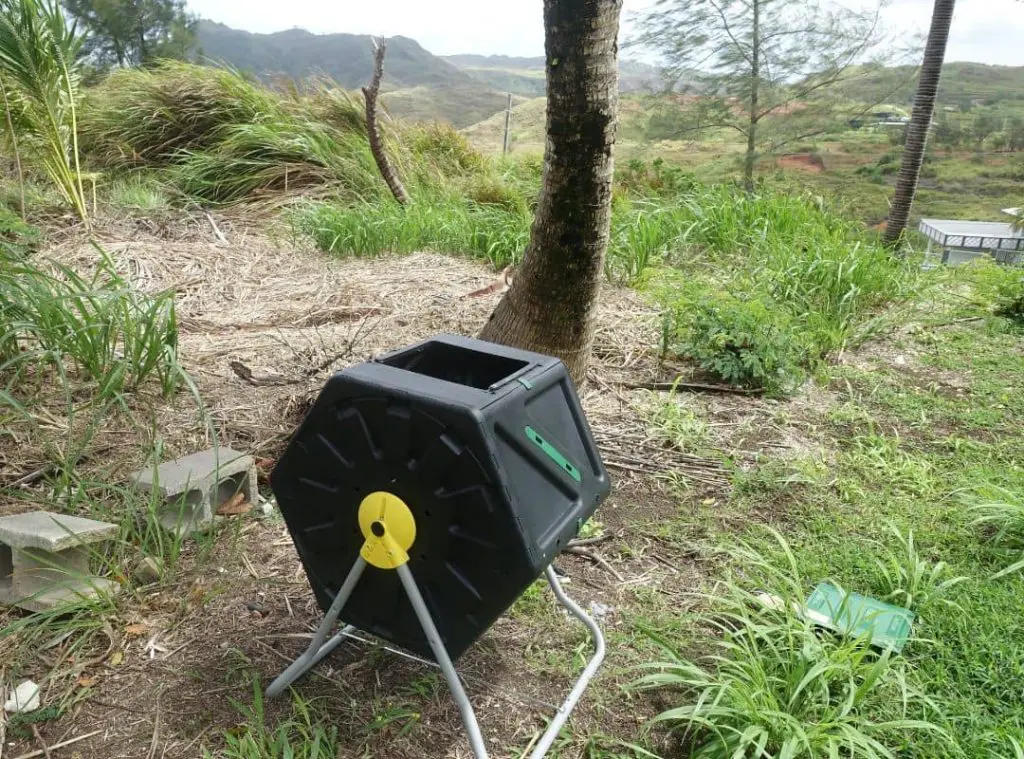
Should I Add Water to My Compost tumbler?
Maintaining the right moisture content is a key factor when it comes to the composting process. if the compost is too dry, best is to add some water so that it would enhance the moisture in the compost tumbler. Apart from that you may also add green materials also to the mixture.
Green materials are more like wet materials which would enhance the moisture content in the tumbler. If you wish to ascertain whether it has the right moisture level, you could simply squeeze it and see whether it would give you the feeling of a wrung-out sponge when you try to squeeze it.
Can You Put Worms in A Compost Tumbler?
You cannot use worms if you are using compost tumblers for composting. In fact you can use the worms if you are using any other composting method but not in tumblers. Tumblers may get heat up and these higher temperatures may turn out to be lethal on these worms. Further when you turn the compost tumbler, worms would feel disturbed too. Hence, I don’t recommend placing worms in the compost tumbler.
Should I Add Dirt to My Compost Tumbler?
Yes, you can add dirt to your compost tumbler, and it would act as an alternative starter for your composting process. Ideally you need to use a good quality garden soil mix which is enriched with microorganisms. They would add beneficial bacteria for the fresh compost mixture.
Can You Keep Adding to A Compost Tumbler?
Generally speaking, you cannot fill the compost tumblers to the brim as they have not been designed to fill it that way. Usually, you will get a user manual when you obtain the compost tumbler and you could refer to those guidelines when you fill it.
Usually a tumbler can fill up to 75 % of its total capacity only. When you leave 25 % of its capacity, it would allow for a proper air circulation throughout the mix. Ultimately it would make tumbling easier too. Furthermore, if you have a maturing compost, you should never add any new materials. If you add any new material, it would make the process slower.
What Not to Put In A Compost Tumbler?
There are several ingredients which you need to leave out when making the compost tumblers. For example, do not use fats and oil substances as they would not decompose easily. Instead, they would end up releasing foul odors which would make the compost tumblers unpleasant. In addition to that, you need to avoid using bones as well. They would also decompose at a very slow rate, and you need to keep them away from the compost tumblers.
Apart from the above i don’t recommend using pesticides or used plant materials . Those materials may contain toxins which would turn out to be fatal on the healthy microbes in your compost.
Ultimately it would badly impact the compost. Furthermore, you need to avoid using dog and cats drooping since they may contain disease carrying bacteria. So, if you use those compost on the vegetation and when you consume them, they may harm the humans. Dairy products and meat items are a couple of more substances which you need to avoid using. If I further elaborate, don’t use dairy products such as milk, cheese, yogurt as they may tend to rot and end up releasing a foul odor as well. Ultimately, they would attract unwanted vermin.
Furthermore, if you add meat items , they will also start to rot and release a foul smell. Additionally, they may harbor bacteria and parasites too. Thus, you need to avoid using these materials.
That said, if you are using a hot tumbler , you may consider using these materials. However , if you are not sure whether your compost tumbler is effective enough to generate sufficient heat, it would be better to avoid using these.
Ratio Of Green to Brown In A Compost Tumbler
If you were ever wondering on the accurate ratio you need to apply the green and the brown material, it should be ideally a ratio of 50-50. It literally means you need to add both green and brown materials evenly.
If you spot the compost is too wet, you can consider adding some more brown materials so that they would absorb the excess moisture. On the other hand, if it is too dry, you could be tactful in adding more green materials. That way you could balance both green and the brown materials in the compost tumbler.
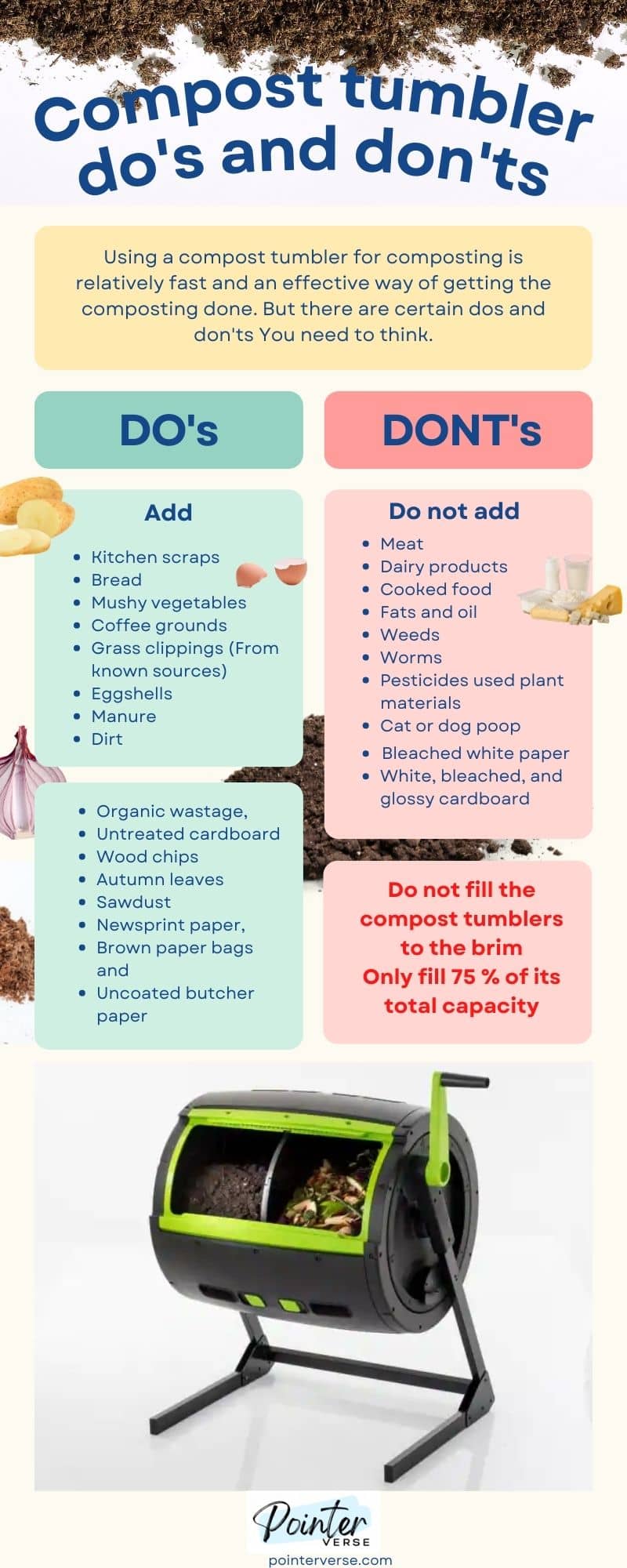
Related questions
What is the best thing to put in a compost tumbler?
I encourage you to apply kitchen wastage, coffee grounds, plant trimmings, grass clippings as much as you can since they are the best things to put in the compost tumbler.
What shouldn’t you put in a compost tumbler?
You may come across certain compost tumblers which would not help the breaking down of grain, cooked food, fat oil and animal drooping. So, you need to be mindful of selecting the right tumbler and follow the instructions you get in their manual and then act accordingly.
What are the main problems with a compost tumbler?
Compost tumblers are sealed units. This literally means , moisture would evaporate at a slow rate. Eventually it may create waterlogged conditions once the breakdown of the food waste takes place. If you ever come across a situation like this, you could consider adding more brown materials.
Are compost tumblers worth it?
Compost tumblers are worth trying. The ease of usage, the ability to keep them clean are a couple of advantages of having these. In addition to that their compact designs would also make them look tidy and attractive too.
Are compost tumblers help you to create compost faster ?
There are ideal environmental conditions available in the compost tumblers and it would make the decomposition take place at a rapid rate. This literally means, the compost tumblers work faster too.
Conclusion : Compost tumbler do’s and don’ts
To recap, you need to add both green material and brown materials in even amounts. That way you could keep the compost tumbler moisture in the right levels. Further when you add the food scraps, you need to bury them so that it would not be attractive for pests such as rodents.
When it comes to don’ts, ensure that you don’t add meat products if the tumblers cannot produce enough heat to kill the contaminants they may contain with. Further do not use any diseased plant materials and weed plants which would badly impact on the end result as well. Furthermore, do not use pet feces as they may contain contaminants such as germs, viruses and parasites. Furthermore, I don’t recommend using sawdust, glossy and coated paper too.
Read Next : Composting Horse Manure In A Tumbler: A Better Way

